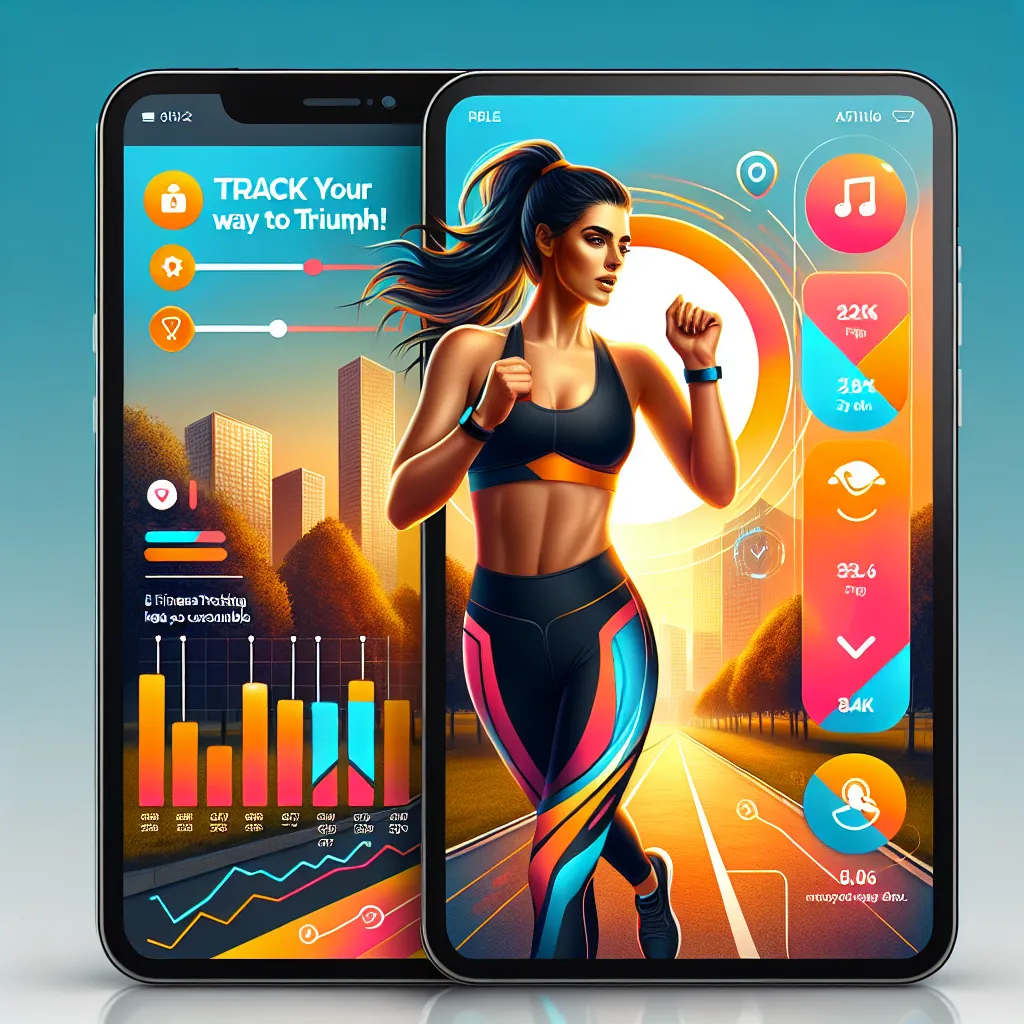Set Your Goals
Before you start tracking, you need to know what you're tracking for. Want to shed some pounds? Build muscle? Run a marathon? Once you've set your goals, you can tailor your tracking to meet them. Remember, your goals should be SMART - Specific, Measurable, Achievable, Relevant, and Time-bound.
Choose Your Tracker
From smartwatches to fitness apps, there's no shortage of tracking tools out there. Choose one that's easy to use and aligns with your goals. If you're aiming for weight loss, a tracker with a food log might be beneficial. If you're training for a marathon, a tracker with GPS could be handy.
Log Consistently
Consistency is key when it comes to tracking. Make it part of your routine - maybe log your workout right after you finish, or take a few minutes every night to update your tracker. The more consistently you log, the more accurate and helpful your data will be.
Analyze Your Data
Don't just log your data and forget about it. Take time to analyze it. Are you getting closer to your goals? Where are you improving, and where do you need to work harder? Use your data to adjust your workouts and keep pushing towards your goals.
Stay Accountable
Tracking is a powerful tool for accountability. Share your progress with a friend, a personal trainer, or even on social media. Knowing others are watching can give you an extra boost of motivation to keep going, even when the going gets tough.
Conclusion
Armed with these tips, you're ready to take control of your fitness journey. Tracking isn't just about numbers - it's about understanding your body, pushing your limits, and celebrating your progress. So get out there, get tracking, and get ready to crush those fitness goals. You've got this!
